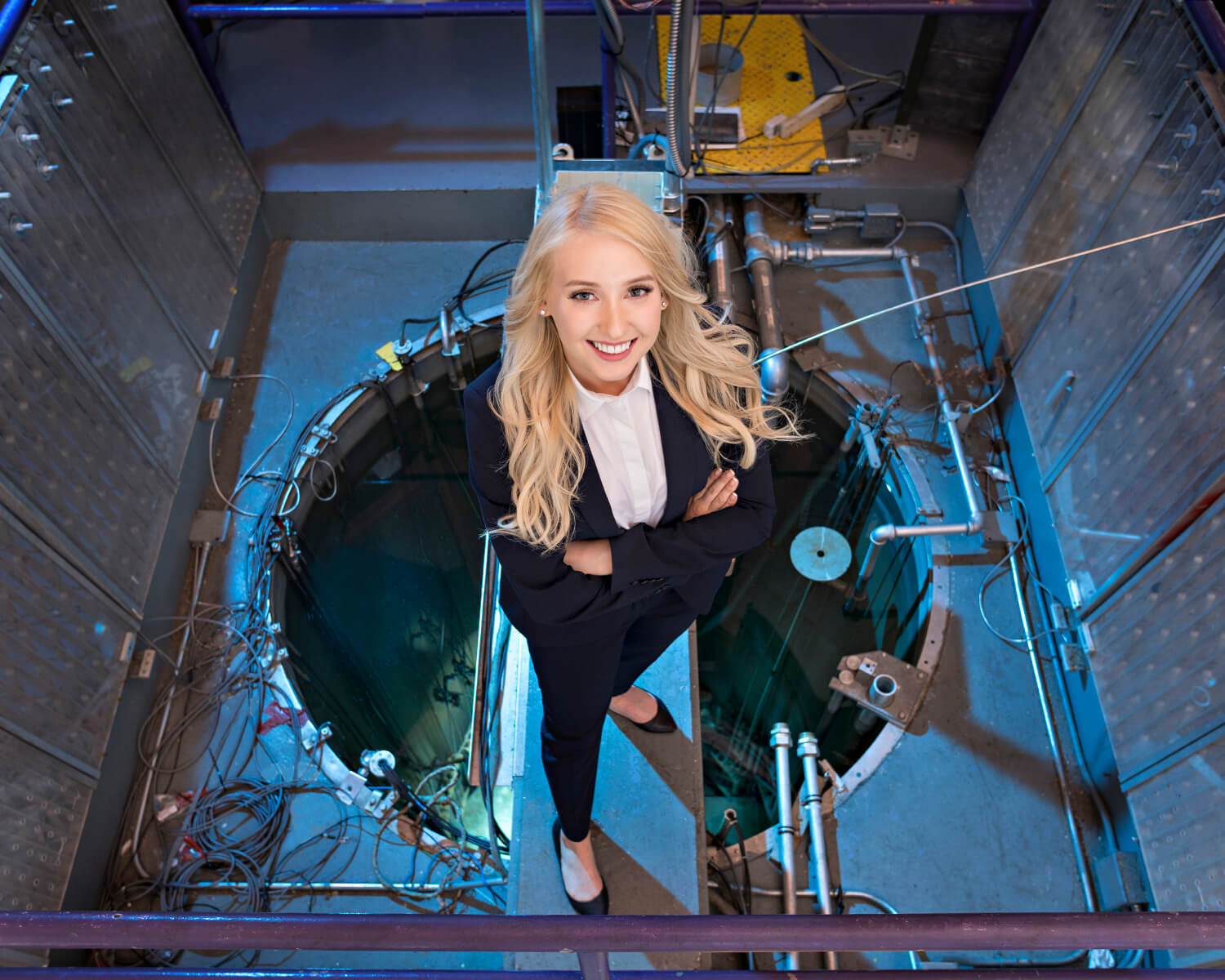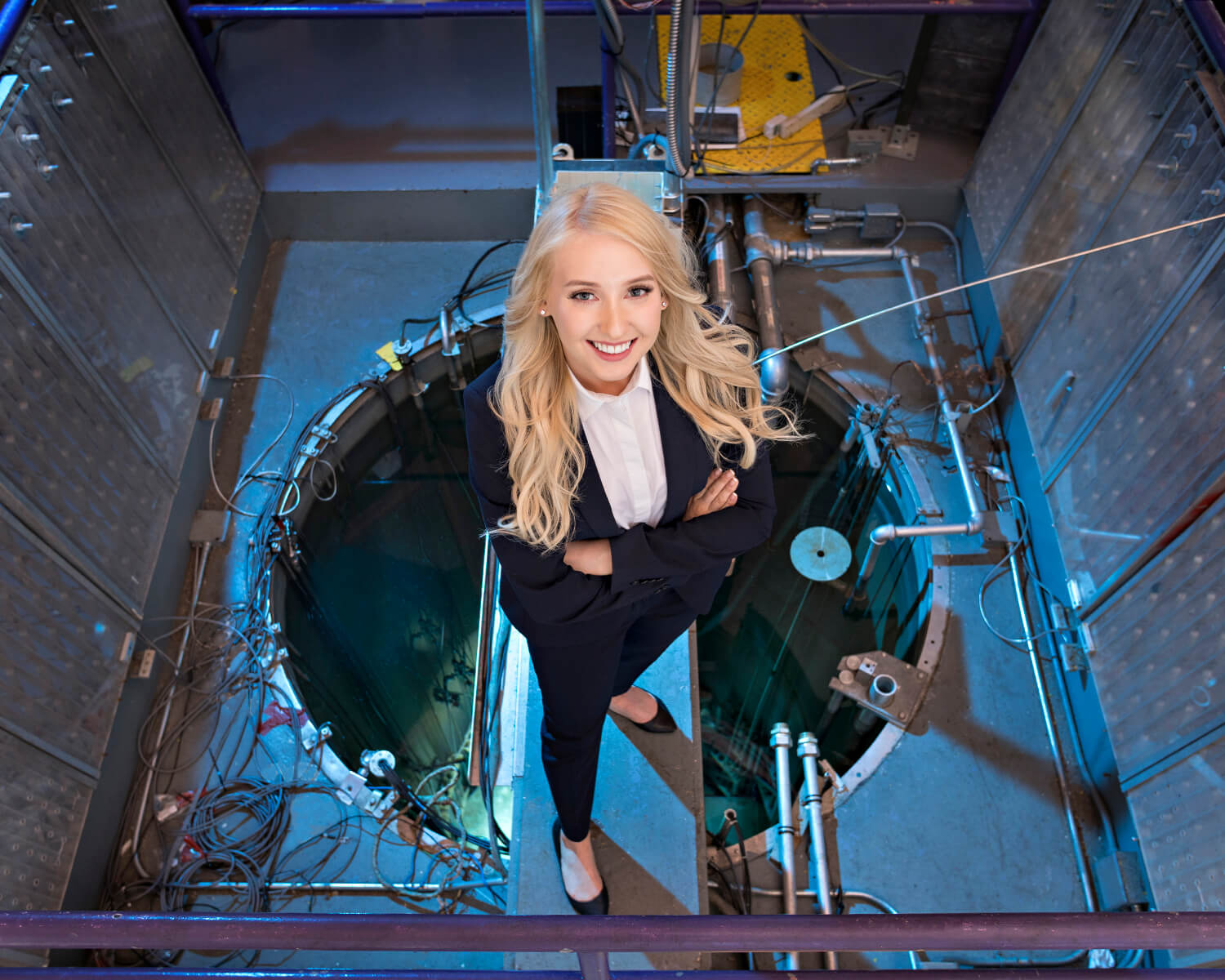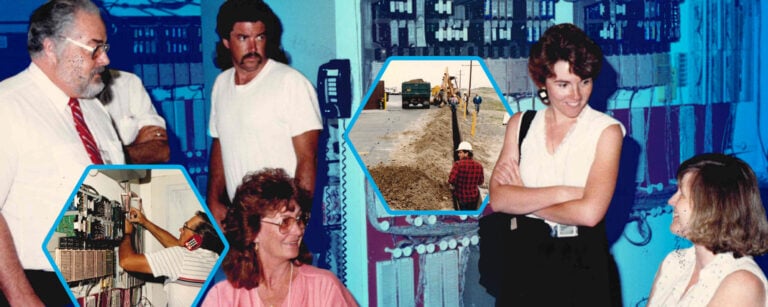Uncle Sam may have to wait a few years for Sarah Stevenson, but it’s a solid bet the wait will be worth it.
When she graduates from Kansas State University in May, Stevenson, who spent the summer of 2016 as an intern at Idaho National Laboratory, will have a commission in the U.S. Air Force as a second lieutenant. This comes from being an ROTC cadet for five years, but Stevenson learned in March she had received a Chancellor’s Fellowship from the University of California, Berkeley (UCB). This will help her pursue a doctorate studying nuclear materials at UCB’s Nuclear Engineering Department. UCB joined the Nuclear Science User Facilities (NSUF) network in 2011.
The plan is for Stevenson, 22, to commission in the Air Force, using an “education delay” to postpone entry to extended active duty while she studies at Berkeley. Once her Ph.D. is in hand, she will become a physicist/nuclear engineer for the Air Force.
Overall, it has been a sharp trajectory for a first-generation college student who says she didn’t know much about nuclear energy or materials when she enrolled at KSU. Stevenson had chosen mechanical engineering for her major because it offered a wide choice of options. Her interest in nuclear was piqued when she learned the school had a TRIGA Mark II reactor.
Her first summer, she went to work in the school’s Semiconductor Materials and Radiological Technologies Laboratory in addition to pursuing more conventional research into heat transfer. Not long after, she started working at the KSU TRIGA, and has since earned her reactor operator and senior reactor operator licenses from the U.S. Nuclear Regulatory Commission.
“I’ve always been one to take on challenges,” she said. “I wanted to find the truth.”

The more she learned, the more she became convinced nuclear energy offers a clean solution for baseload energy generation. Coming to INL to work on a team developing an in-core neutron sensor known as the Micro-Pocket Fission Detector (MPFD) was total immersion.
“It helped me gain a more high-level view of nuclear energy,” she said. “And the networking – at INL, I felt like I was at a conference every day.” During her internship, which was funded by the NSUF, Stevenson met people from the international nuclear community at NSUF’s User Week, and at the end of the summer, she attended Nuclear Innovation Bootcamp at Berkeley. She was one of 25 students, graduates and undergraduates selected for the two-week program.
“The support I received from NSUF as an INL intern was pivotal for my nuclear engineering career,” she said. “The NSUF internship taught me about DOE-NE’s R&D objectives and capabilities and how, as an aspiring research scientist, I may align my career with their mission needs.”
In 2017, Stevenson took her MPFD research to France, where she studied miniature fission chambers in a reactor operated by the French Alternative Energies and Atomic Energy Commission (CEA).
“I knew she would represent the lab well and I knew she would represent the project well,” said Troy Unruh, who directs the MPFD research for INL. Unruh had become familiar with the MPFD technology while pursuing his master’s at Kansas State. After joining INL, he developed a collaboration between the lab and KSU, with funding from the Nuclear Energy Enabling Technologies (NEET) program.
His contact with KSU was also how he learned about Stevenson and her research abilities. Bringing her to INL’s High Temperature Test Laboratory (HTTL) seemed to be a good way to expose her to the bigger picture surrounding her research, he said. It was a decision he didn’t regret.
“She is way ahead of where you would expect someone her age to be,” he said. “She’s passionate about the research she’s doing.”
Stevenson was nominated by the UC Berkeley Nuclear Engineering faculty for the Chancellor’s Fellowship, which underwent rigorous review by a campuswide faculty committee charged with identifying the top admitted doctoral students. Her intern research agreement with INL is through October. At Berkeley, she plans to continue to focus on nuclear materials. “Ultimately, the limitations of any engineering design involve the materials,” she said. She also sees it as a great opportunity to continue collaborating with national labs and international collaborators.
Is it hard work? Perhaps, she said. “But I’m interested in it and I enjoy it, so it’s really more like my hobby.”






